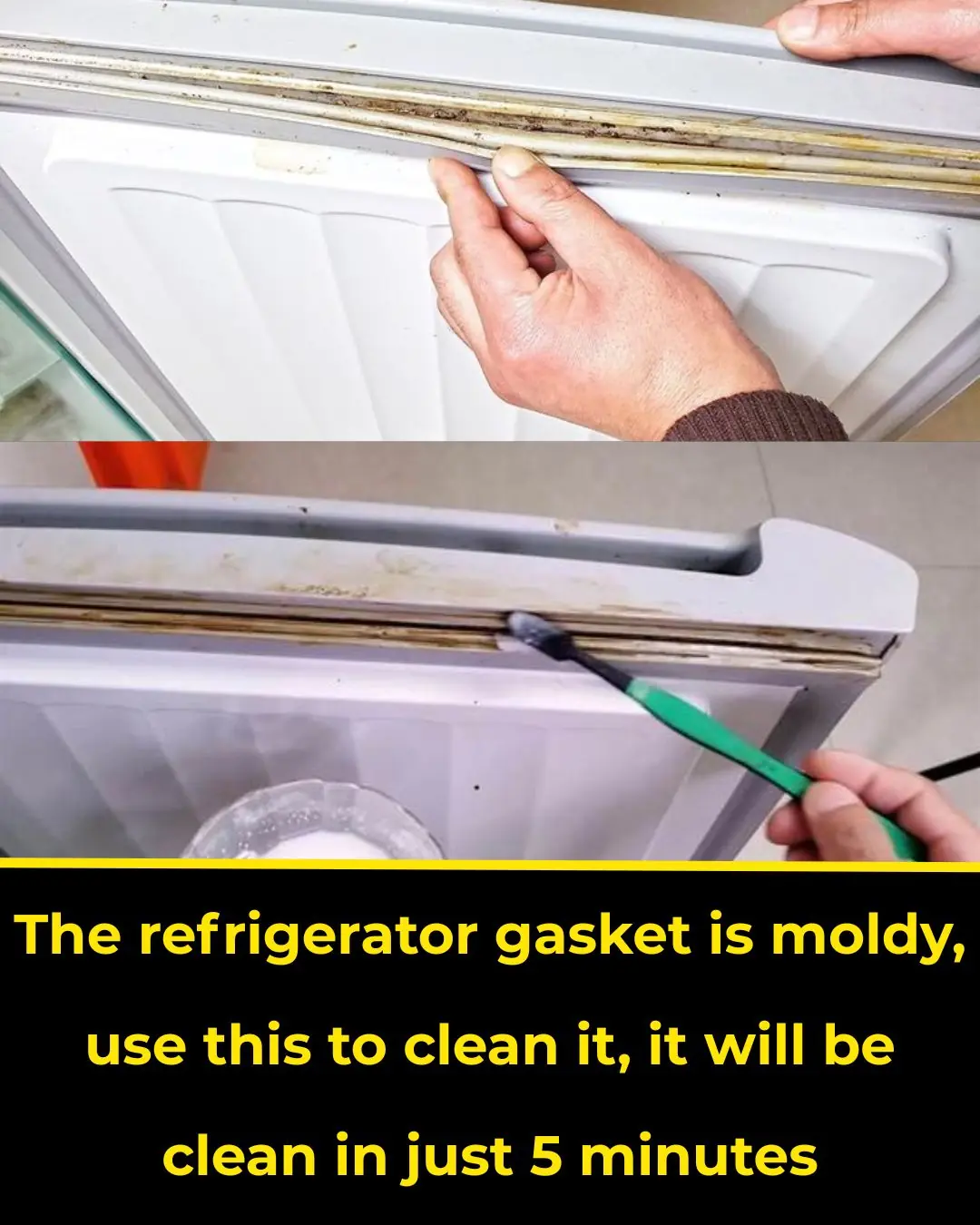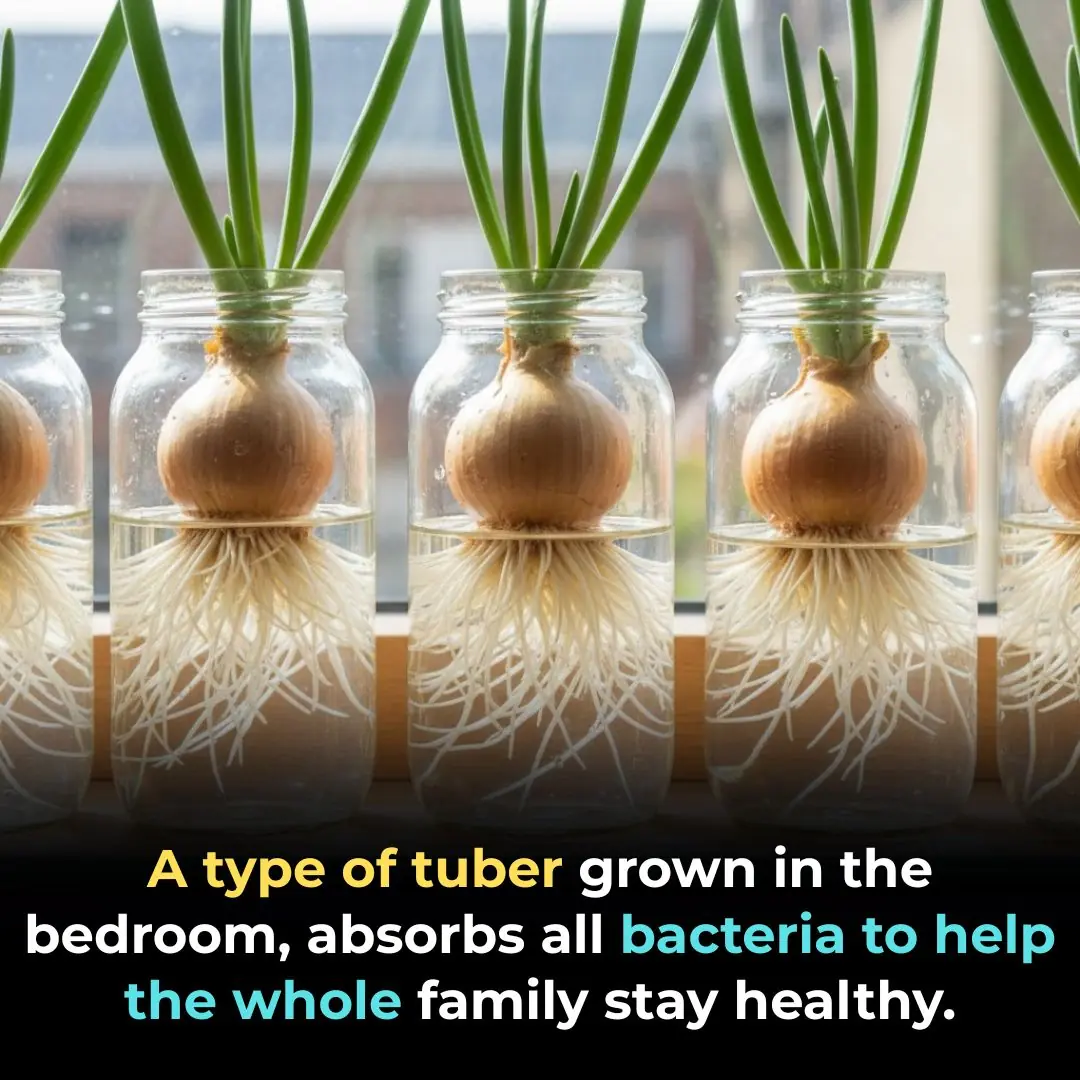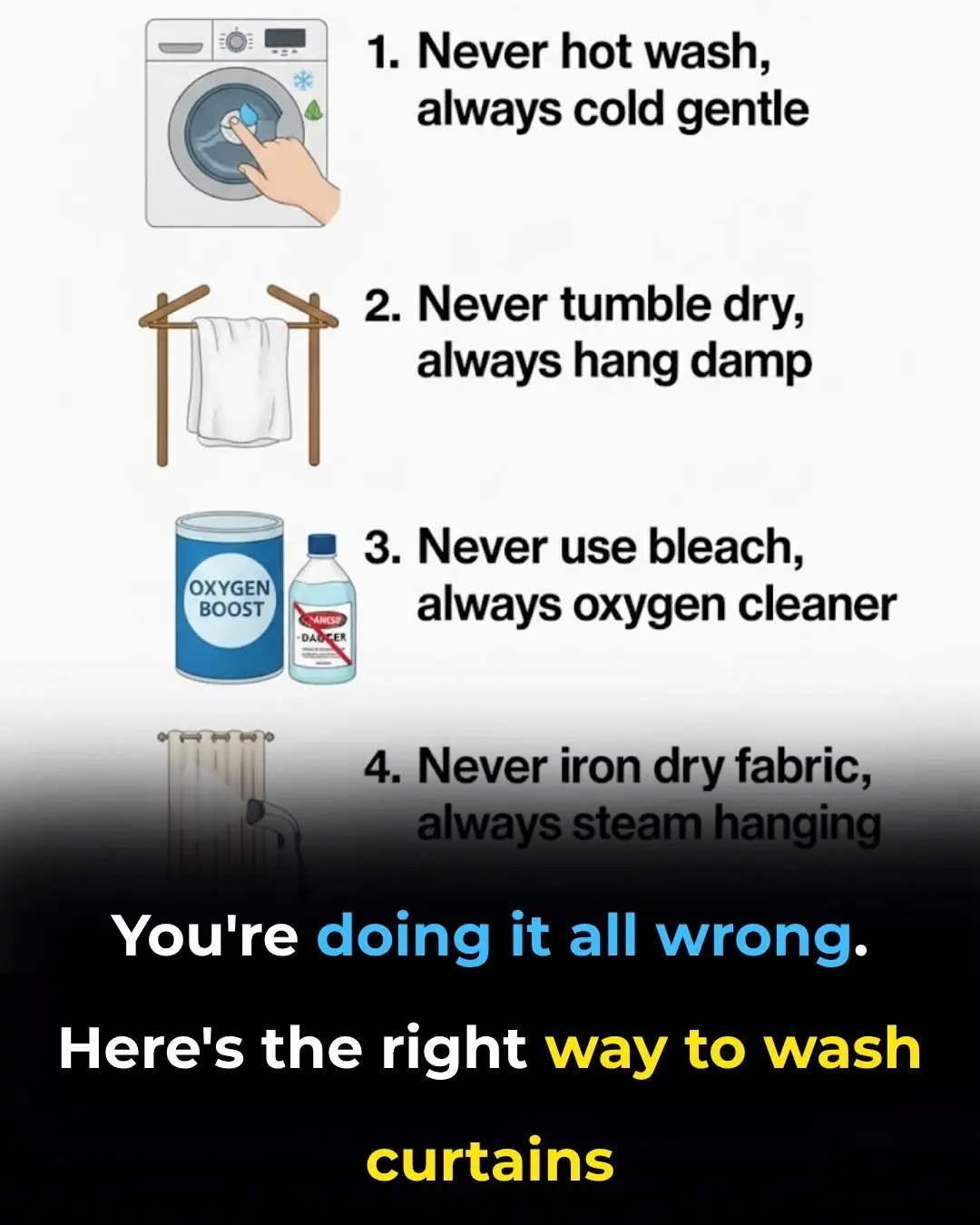
Most do this wrong. 10 things that make mold grow faster
Mold is one of the most common yet underestimated household problems. It not only damages surfaces and furniture but can also trigger serious health issues such as allergies, asthma, and respiratory irritation. Mold thrives in warm, damp environments and spreads quickly once it takes hold. Unfortunately, many homeowners unintentionally create ideal conditions for mold growth through everyday habits or overlooked maintenance tasks.
By understanding what encourages mold, you can take simple but effective steps to keep your living spaces clean, dry, and healthy. In this article, we’ll explore 11 common household practices that may be fostering mold without you realizing it—and what you can do to prevent it. From bathroom routines to basement storage, these insights will help you build a mold-resistant home.
1. Closing the Bathroom Door After a Shower
After a steamy shower, the bathroom fills with warm moisture. Closing the door traps that humidity, creating a perfect breeding ground for mold. Mold spores thrive in environments with humidity above 60%. Leaving the door open allows steam to escape and the air to circulate, lowering humidity and reducing mold risk.
For added protection, use a squeegee to remove water from shower walls and floors after each use. This small habit dramatically cuts down on surface moisture. If possible, also crack open a window or keep an exhaust fan running for 20–30 minutes after showering to fully ventilate the space.
2. Turning Off Exhaust Fans Too Soon
Exhaust fans play a key role in removing excess humidity, but many people switch them off too early. For best results, run the fan for at least 20–30 minutes after bathing or cooking. This ensures the room’s humidity levels drop below 50%, a range that’s much less favorable for mold.
You should also clean your exhaust fans regularly. Dust and grime can block airflow, making them less effective. If your fan is noisy or weak, it may need servicing or replacement.
3. Overwatering Houseplants
Indoor plants are great for décor and air quality, but overwatering them can raise humidity and promote mold. Damp soil is a prime location for mold spores to grow and release spores into the air.
Water plants only when necessary, allowing the soil to dry slightly between waterings. A soil moisture meter is a handy tool for this. You can also place small pebbles on top of the soil to discourage mold and improve airflow.
If you notice white fuzz or a musty smell near your plants, that’s a sign to repot with fresh soil and reduce watering frequency.
4. Leaving Laundry in the Washer Too Long
Wet laundry left in the washing machine for more than a few hours can quickly become a breeding ground for mold and mildew. In damp conditions, mold can begin forming in as little as 24 to 48 hours.
Transfer washed clothes to the dryer or a clothesline immediately. Afterward, wipe the inside of your washing machine—especially around the rubber seals, where moisture and detergent residue can accumulate.
Running an empty hot-water cycle with vinegar or baking soda once a month keeps your washer fresh and mold-free.
5. Ignoring Leaky Pipes and Faucets
A slow drip might seem harmless, but even a small leak can create persistent moisture that fuels mold growth. Over time, leaks also waste water—just one drop per second can waste more than 3,000 gallons per year.
Inspect under sinks, behind toilets, and around appliances regularly. If you find damp spots or musty smells, you may have a hidden leak. Installing water leak detectors near vulnerable areas (like under sinks or water heaters) can alert you early before serious mold or water damage occurs.
6. Poor Ventilation in Basements and Attics
Basements and attics are notorious for poor airflow and high humidity. Without proper ventilation, these spaces can trap moisture, making them mold hot spots.
Improve air circulation by installing vents, fans, or even a dehumidifier to keep humidity below 50%. Periodically check for musty odors, dark stains, or peeling paint—common signs of hidden mold.
If your basement has a sump pump or foundation cracks, regular inspections are essential to prevent leaks and dampness.
7. Using Carpets in Damp Areas
Carpets can trap moisture, making them unsuitable for high-humidity spaces like basements, bathrooms, or kitchens. Once a carpet gets wet, it can start developing mold underneath within days.
If you must have carpet, choose ones with moisture-resistant backing and clean them frequently. In damp-prone areas, opt for tile, vinyl, or sealed concrete flooring, which are far easier to keep dry and clean.
8. Storing Belongings in Damp Basements
Basements are convenient storage areas, but if they’re humid, they can ruin your belongings. Cardboard boxes, fabrics, and papers absorb moisture easily, allowing mold to form.
Store items in plastic bins with tight lids instead of cardboard. Add desiccant packs or moisture absorbers to help control humidity. If your basement feels damp, using a dehumidifier can make a big difference.
Regularly check stored items for musty odors or discoloration, especially during humid seasons.
9. Neglecting Refrigerator Drip Pans
Your refrigerator’s drip pan collects condensation and can quietly become a mold nursery if ignored. Because it’s often out of sight, many people forget to clean it.
Check the pan every few months, empty any standing water, and scrub it with vinegar or a mild detergent. While you’re at it, inspect refrigerator seals—mold can grow along rubber gaskets where moisture lingers.
Keeping these areas dry not only prevents mold but also helps your fridge run more efficiently.
10. Leaving Spills and Stains Untreated
Even minor spills on carpets, upholstery, or wood surfaces can lead to mold if not cleaned up right away. Mold can start developing within 24–48 hours in damp spots.
Clean spills immediately, then thoroughly dry the area with fans or towels. For large or stubborn stains, consider using a carpet cleaner or calling a professional to ensure no hidden moisture remains.
This is especially important for spills on porous materials like fabric or untreated wood, which absorb water quickly.
11. Storing Firewood Indoors
Firewood may seem harmless, but storing it indoors can raise indoor humidity and introduce mold spores. As wood dries, it releases moisture, creating conditions for mold growth.
Always store firewood outside in a covered, well-ventilated area, and bring in only what you’ll use immediately. Make sure the wood is properly seasoned and dry before burning. This not only prevents mold but also helps your fireplace burn cleaner and more efficiently.
Final Thoughts
Mold prevention isn’t just about cleaning—it’s about managing moisture. Simple changes in everyday habits, like improving ventilation, fixing leaks promptly, and storing items correctly, can make a big difference.
By staying vigilant and taking these proactive steps, you can protect your home’s structure and your family’s health, keeping your living space fresh, dry, and mold-free.
News in the same category


The refrigerator gasket is moldy, use this to clean it, it will be clean in just 5 minutes

How to make spicy and sour pickled cabbage to eat during Tet

Winter drink lemon honey ginger water, body 5 special benefits

Tet candies have desiccant packets, remember to keep them because they are extremely useful.

The old farmer reveals the differences between 2 types of cabbage and 3 things to note when buying to avoid confusion and choose delicious, safe types.

6 types of 'natural miracle' vegetables help the stomach get healthy every day, eat regularly for 1 week and you will see the difference

Shrimp seller tips: How to distinguish farmed shrimp from wild shrimp in just a few seconds of observation

Just do these 4 things every morning, your intestines will "clean" themselves, toxins and excess fat will disappear without medication

A type of tuber grown in the bedroom, absorbs all bacteria to help the whole family stay healthy.

How to make fried red tilapia with minced mango and sweet and sour fish sauce, rich in Western flavor

Have a lot of mosquitoes in your house? Plant this flower and place it on your windowsill, all the mosquitoes will disappear.

Shower heads used for a long time accumulate dirt and have weak water flow: Soak in this water, dirt will automatically peel off and bacteria will be eliminated.

8 reasons why adding baking soda to your toilet tank is a must-do trick

You’re doing it all wrong. Here’s the right way to wash curtains

Most do this wrong. 10 things that make mold grow faster

Why Many Knives Have a Round Hole: Surprising Uses You Might Not Know

Why You Shouldn’t Keep Doors Fully Closed When Using Air Conditioning
News Post

The Heartbeat of Compassion: The Unlikely Hero Who Saved a Hippo's Life

Zoo in Thailand Shut Down After Bears in Giant Hamster Balls Turn on Guests

A Pitcher’s Second Chance: How a High School Classmate Stepped Up to Save Steven Register’s Life

Rooting for Will: A Tuesday of Joy Before a Wednesday of Courage

Two Hearts That Needed Each Other.

The Mother Who Delivered More Than Food.

The Boy Who Paid for a Stranger’s Meal When No One Was Watching.

How To Use a Frozen Lemon To Fight Malignant Tumors in The Body

Can I Eat Without Hiding Now?

He Thought It Was Just Another Shift — Until a Life Was Placed in His Hands.

How to make fragrant and nutritious passion fruit peel jam

The refrigerator gasket is moldy, use this to clean it, it will be clean in just 5 minutes

How to make spicy and sour pickled cabbage to eat during Tet

Winter drink lemon honey ginger water, body 5 special benefits

The Little Bear Who Just Needed a Way Home.

Tet candies have desiccant packets, remember to keep them because they are extremely useful.

The old farmer reveals the differences between 2 types of cabbage and 3 things to note when buying to avoid confusion and choose delicious, safe types.

6 types of 'natural miracle' vegetables help the stomach get healthy every day, eat regularly for 1 week and you will see the difference

Shrimp seller tips: How to distinguish farmed shrimp from wild shrimp in just a few seconds of observation
